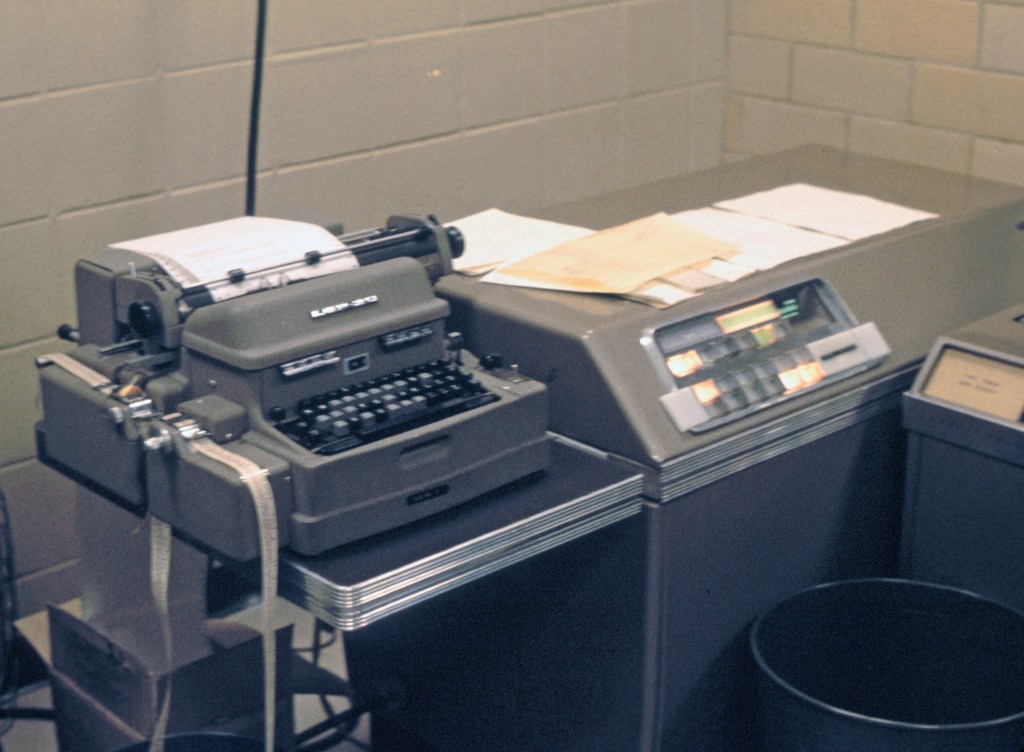A viral Twitter thread appears to show that a popular rapid pregnancy test consists solely of an electronic reader and test strip, which can be purchased at a fraction of the whole device’s cost. The thread—and a follow-up post that walked through a dissection of two store-bought tests— angered many due to their functional similarities to test strips and inability to be reused. Others, however, argued that a digital test reduces human error in interpreting a test result, thereby providing a clear benefit.
User Xtoff tweeted on August 10 that his wife had purchased a rapid Clearblue digital pregnancy test in order to get a “more accurate” reading than test strips. But upon opening the test, they discovered a standard test strip and electronic reader.
Videos by VICE
“$12/ea, and it literally just reads a test strip. What a scam,” he wrote, adding that there’s “little argument” for a pregnancy test not to be reusable.
On September 3, electronics hobbyist Foone, known for taking apart and explaining the inner workings of hardware on Twitter, posted a thread detailing a step-by-step dissection of an Equate digital pregnancy test. They found the same thing: encased in the plastic shell of the test was an indicator strip and electronic reader.
In the thread, Foone wrote that the digital test is “a scam, basically,” and potentially less accurate than interpreting a test strip manually due to unavoidable error introduced by the machine. The general thought of both of these users is that Clearblue is basically taking something that costs a few cents, attaching some electronics to it, and creating what is, essentially, expensive e-waste.
But that is not necessarily the case. The digital test adds cost—and value, according to some—by removing human interpretation from the equation.
“You’re paying a higher price to take away the need to interpret the results because they’re just handed to you,” said Karen Duncan, an attending physician and director of the obstetrics and gynecology residency program at NYU. “It’s a fee for making the test more simple to interpret.”
A Clearblue spokeswoman confirmed that the test strips inside their digital pregnancy tests use the same method of confirming pregnancy as test strips alone. She added that another benefit of the digital test is a countdown timer that lets a user know when results will be available, since test strips are optimized to be interpreted within a certain time window.
Margaret Crane invented the first home pregnancy test in the 1960s, though tests existed before to measure a hormone called human chorionic gonadotropin, called hCG. Cells that surround a growing embryo release this hormone and can be detected in a pregnant person’s blood or urine. Antibodies in pregnancy test strips bind to hCG and trigger a color change, which results in a colored line.
It can sometimes be difficult for people to interpret test strips, as they may be confused by the presence of a faint line, or may mistake the colored line often present as a control for the second line that confirms pregnancy. In one small 2008 study funded by Clearblue, volunteers were able to correctly identify more positive and negative results using a digital pregnancy test than a test strip.
The authors behind each Twitter thread noted what they saw as wasted potential for reuse. Not only are single-use tests less sustainable, they could be cost-prohibitive for some consumers. In his thread, Foone wrote that a reusable test could incorporate one-use testing strips that the user inserts into the body of the digital device.
While Clearblue does not currently manufacture a reusable pregnancy test, the company spokeswoman said that she would “not rule it out in the future.” Pregnancy tests tend not to be used repeatedly, she added.
Since it appeared that the digital tests stopped working once dissected, Duncan said she would recommend that someone go to their doctor’s office to confirm a pregnancy rather than try to jerry-rig a digital test for reuse. Still, she said that a reusable test could be helpful.
“If somebody could manufacture a pregnancy test where that part of the device is reusable, and then there’s just a supply of test strips that you can use and put it into the machine to give a clear answer, I could see some utility in that.”




